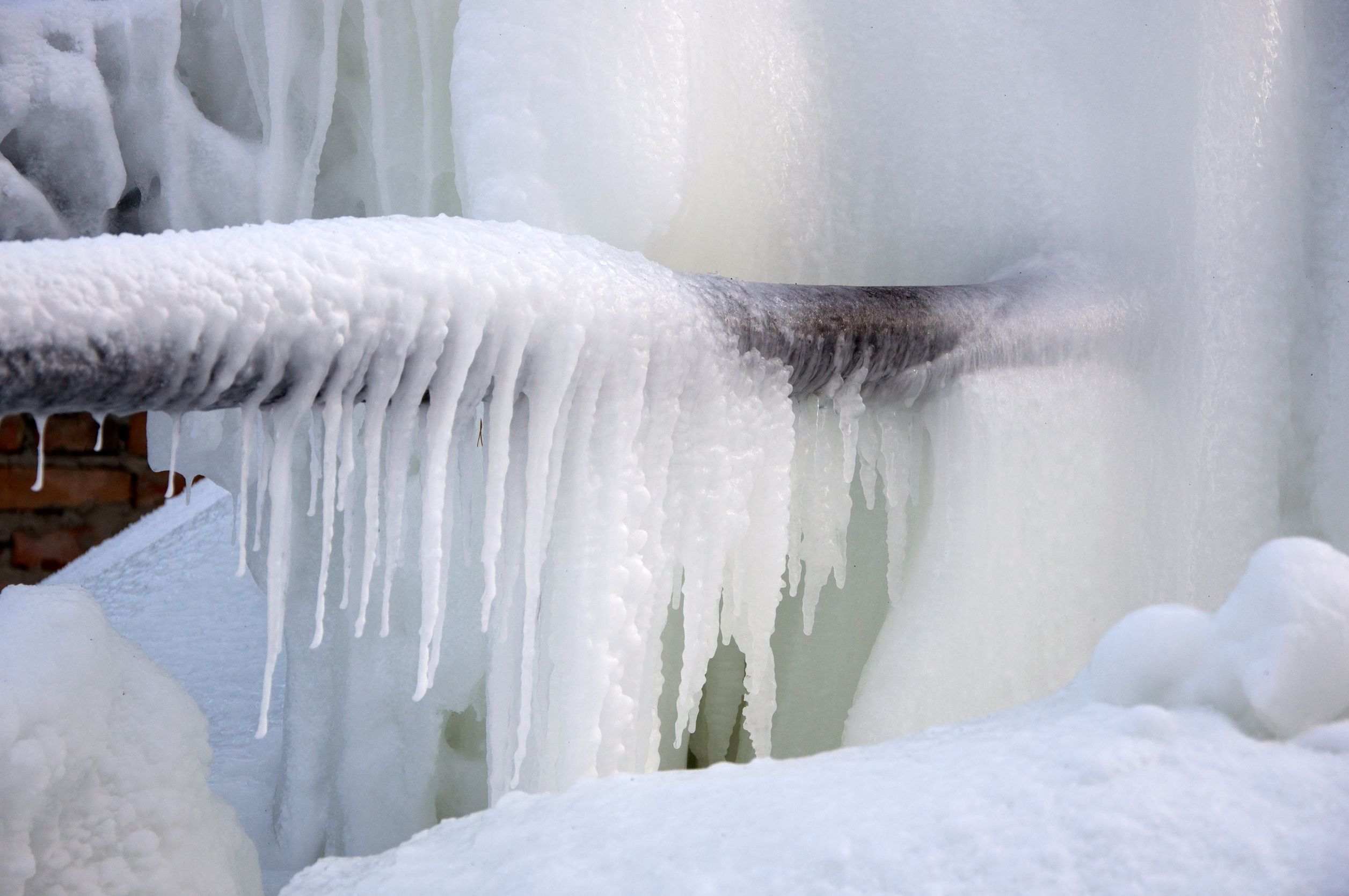Shielding Your Pipes from Cold Weather Damage: Essential Tips
Shielding Your Pipes from Cold Weather Damage: Essential Tips
Blog Article
Just how do you really feel on the subject of Winter Plumbing Precautions: Preventing Frozen Pipes?

Winter can damage your pipes, especially by freezing pipes. Right here's how to stop it from happening and what to do if it does.
Introduction
As temperature levels decrease, the threat of frozen pipes boosts, potentially resulting in costly repair work and water damages. Comprehending exactly how to avoid frozen pipelines is vital for property owners in cool climates.
Recognizing Icy Pipes
What causes pipelines to freeze?
Pipes freeze when revealed to temperatures listed below 32 ° F (0 ° C) for prolonged durations. As water inside the pipelines ices up, it broadens, taxing the pipe wall surfaces and potentially triggering them to rupture.
Dangers and problems
Frozen pipelines can lead to supply of water interruptions, residential property damages, and pricey repair services. Burst pipes can flooding homes and create considerable structural damages.
Signs of Frozen Pipes
Identifying frozen pipes early can stop them from bursting.
Exactly how to determine frozen pipelines
Look for lowered water flow from faucets, uncommon smells or noises from pipes, and visible frost on revealed pipes.
Prevention Tips
Insulating susceptible pipelines
Wrap pipes in insulation sleeves or use warm tape to protect them from freezing temperature levels. Focus on pipes in unheated or exterior locations of the home.
Home heating methods
Keep indoor spaces properly warmed, specifically locations with pipes. Open up closet doors to permit warm air to flow around pipelines under sinks.
Safeguarding Exterior Plumbing
Garden hoses and exterior faucets
Separate and drain yard hose pipes before winter months. Install frost-proof faucets or cover exterior taps with shielded caps.
What to Do If Your Pipelines Freeze
Immediate actions to take
If you believe frozen pipelines, maintain taps available to alleviate stress as the ice melts. Utilize a hairdryer or towels soaked in warm water to thaw pipes slowly.
Long-Term Solutions
Structural modifications
Consider rerouting pipelines far from exterior walls or unheated areas. Include added insulation to attics, cellars, and crawl spaces.
Updating insulation
Invest in top quality insulation for pipes, attic rooms, and walls. Appropriate insulation helps keep constant temperature levels and lowers the danger of frozen pipes.
Final thought
Protecting against icy pipelines requires positive actions and fast reactions. By comprehending the causes, indicators, and safety nets, home owners can protect their pipes during winter.
5 Ways to Prevent Frozen Pipes
Drain Outdoor Faucets and Disconnect Hoses
First, close the shut-off valve that controls the flow of water in the pipe to your outdoor faucet. Then, head outside to disconnect and drain your hose and open the outdoor faucet to allow the water to completely drain out of the line. Turn off the faucet when done. Finally, head back to the shut-off valve and drain the remaining water inside the pipe into a bucket or container. Additionally, if you have a home irrigation system, you should consider hiring an expert to clear the system of water each year.
Insulate Pipes
One of the best and most cost-effective methods for preventing frozen water pipes is to wrap your pipes with insulation. This is especially important for areas in your home that aren’t exposed to heat, such as an attic. We suggest using foam sleeves, which can typically be found at your local hardware store.
Keep Heat Running at 65
Your pipes are located inside your walls, and the temperature there is much colder than the rest of the house. To prevent your pipes from freezing, The Insurance Information Institute suggests that you keep your home heated to at least 65 degrees, even when traveling. You may want to invest in smart devices that can keep an eye on the temperature in your home while you’re away.
Leave Water Dripping
Moving water — even a small trickle — can prevent ice from forming inside your pipes. When freezing temps are imminent, start a drip of water from all faucets that serve exposed pipes. Leaving a few faucets running will also help relieve pressure inside the pipes and help prevent a rupture if the water inside freezes.
Open Cupboard Doors
Warm your kitchen and bathroom pipes by opening cupboards and vanities. You should also leave your interior doors ajar to help warm air circulate evenly throughout your home.

I stumbled upon that page about 6 Ways to Prevent Frozen Pipes when doing research the search engines. Sharing is nice. Helping people is fun. Thanks so much for your time invested reading it.
Visit Link Report this page